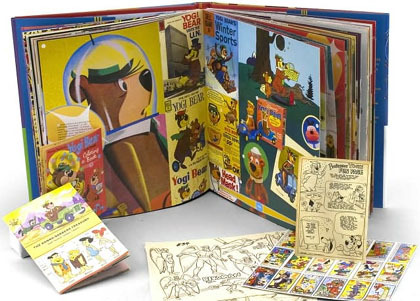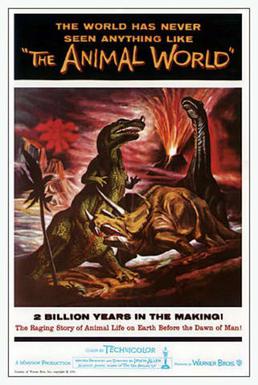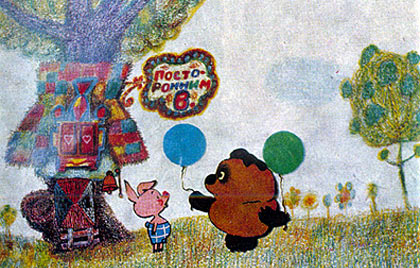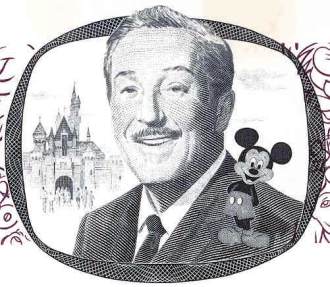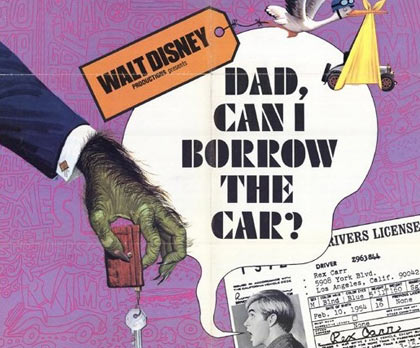(Back-Up copy,with all respect to author)
H-B's Pencils
"The publication of Jerry Beck's The Hanna-Barbera Treasury has touched off some debates over whether Hanna and Barbera helped or hurt TV animation. (Artistically, I mean; everybody agrees that they helped TV animation in the sense that they made it commercially viable and kept a lot of artists employed.) Mark Mayerson makes a pretty good case that they were all too willing to settle for the lowest possible quality. He points out that whereas the pioneers in theatrical animation, like Disney, kept working to improve the quality of animation and the amount of money available to animated films, H-B did the opposite: whereas production companies would traditionally increase their budgets after they had a success, H-B seemed to use each success as an excuse to make the cartoons cheaper or at least cheaper-looking. Most prime-time shows start to spend more money and look better after they have a successful season (at least until their ratings start to tank and the budget gets cut); The Flintstones looked a little worse every year. Or as Mark puts it:
Rather than attempt to reform or beat a system that was clearly stacked against the production of good work, Hanna-Barbera embraced that system and milked it for their own personal gain. They expanded the number of shows they produced and with each expansion, the quality of the product suffered. They opened studios overseas in order to take advantage of cheaper labour. The savings went into their pockets, not onto the screen. After their initial decade, when they had the opportunity to work in prime time or in features where budgets were better, the projects were only marginally better than the low-budget work they turned out for Saturday mornings. The thinking and procedures behind their Saturday morning shows infected the entire company. In their hands, the art of animation (and here I'm talking about the entire process from writing to post-production), was degraded and debased without apology.
Hanna himself gave an interview in the '70s -- reprinted in Danny Peary's American Animated Cartoons -- where he admitted openly that Hanna-Barbera's product had gotten steadily worse since they set up their studio: "Our new shows," he said simply, "are not as good." He explained that this was because of rising costs and shrinking budgets, and that's true as far as it goes. But, again, he and Barbera didn't really try to fight that. Maybe they were right, from a financial point of view: as a commenter on Mark's blog points out, Disney brought his studio to the point of near-bankruptcy every time he increased budgets or took chances, and with that kind of precedent, it's not surprising that H-B would not want to take financial or artistic risks.
The other thing I think we need to remember about Hanna-Barbera is that, as people who came late to television (the medium was long-established by the time they were kicked out of theatrical films and emigrated to TV), they always saw it as important to do whatever was popular in television at the time. They were in a much riskier position than they'd ever been in when they did theatrical shorts; not just because they owned the product, but because their shows actually had to carry a half-hour and sell commercial time on their own, whereas for twenty years they'd been used to making cartoons that played second fiddle to the feature film. (That creates less recognition but also creates a sort of cushion: a theatrical cartoon doesn't need to succeed on its own.) Nobody had ever been able to make cartoons for their own sake, as the main attraction, consistently successful, on TV or in theatres; Disney had had some monster hits, but an equal or greater number of movies that didn't make back their cost.
So H-B not only had to invent TV animation, they had to invent a way to make cartoons that could succeed on a regular basis; they couldn't just make shorts and put them out there like they'd done for years, and they couldn't afford to do things the Disney way (be satisfied with one hit followed by one expensive flop). The solution they arrived at was to leech off non-animated television and pop culture, making a cartoon series based on whatever trend was popular in TV that year. I found an interview with Hanna and Barbera from United Press International (November 15, 1959), where they explained to reporter Ron Burton that they were looking to make animated shows that would parody the live-action shows people were watching:
Barbera said using parody and imposing human-like situations on animal groups are two of the main devices used in their TV cartoons. Viewers can see without too much trouble who or what is being kidded gently in H-B cartoons -- and this season it's TV westerns [Quick Draw McGraw] and private eyes [Snooper and Blabber].
And so they made the decision to base every show on prime-time TV trends (something they would continue for decades thereafter, finally culminating in those '80s cartoons that were actually based on prime-time shows) and give every character a voice/personality based on a famous movie or TV person. Maybe that wasn't a great decision, but they were making that decision in a vacuum: Disney may have shown how a cartoon feature could be a big hit, but nobody, not even Disney, had figured out how to make cartoons that would consistently make more than they cost.
And I'll say one thing for H-B: at least they did actually care, at least initially, about making TV cartoons that would appeal to more than just children. In that same interview, Barbera was very proud that the pop-culture references had given their shows an adult following:
"This makes it possible for our stuff to be enjoyed by adults as well as children," Barbera said. "And we know adults are in our audience, because a friend told us there's a bar in Seattle with a sign over the TV set. It's brought out during our shows. The sign reads: 'No loud talking. No tinkling of glasses. We are watching Huckleberry Hound.'"
It was by no means universally believed at the time that television cartoons should aspire to an adult audience; some cartoonists believed that TV cartoons should ignore the adults, tone down the references to live-action prime-time shows, and be more like live-action kiddie shows. One of the people who believed that was the sainted Bob Clampett. In an interview to promote the Beany and Cecil cartoon (I found this in the Mansfield, OH News-Journal, March 4, 1962), he proclaimed that the show would be successful because he was aiming it exclusively at kids, and criticized other cartoon-makers -- including H-B -- for trying too hard to appeal to adults:
In other words, the chit-chat for grownups has disappeared. This cartoon series is strictly for kids. And that's why Clampett, a man who looks like he'd just gotten out of bed, isn't worried about the series' success. "Top Cat, Calvin and the Colonel" (Bob has other names for them) "were aimed too high," he says.
Bob is going to ignore the adult class and concentrate on the population explosion of unending youngsters. "We'll have a whole new audience every year," he says, meaning an audience range of from six to 11. It can go lower. Clampett's year-and-a-half-old daughter, Baby Ruthie, can sit through five cartoons without wandering, and his five year-old boy Bobbie can say all the names of the Clampett characters.
At least H-B established the idea that cartoons could and should be plugged into the larger world of television as a whole, which would pay off in the better prime-time cartoons (mostly not H-B's own) and some of the better '80s and '90s Saturday morning cartoons.
-----
Incidentally, that 1962 interview with Clampett only mentions his Warner Brothers experience in one paragraph. In view of how much time he later spent taking credit for everything that happened at the studio, it's interesting that in 1962 -- when the studio was still open, and when having worked there was a much less prestigious credit for him -- he's more modest (the article only gives him credit for sole creation of Tweety, which is a character he actually did create) and more dismissive:
During this time Clampett dreamed up "Tweetie" and thought about Bugs Bunny, Daffy Duck and Elmer Fudd during working hours. "I tried every gag that came into my head," said Bob. "Most of them were terrible, but it was the only way to learn."
Update: Thanks to Michael Barrier for the link and, yes, I should have remembered to mention that the newspaper quotes above were found via Newspaper Archive (whose slogan is: "Our search engine will drive you insane")."
Well Done.
